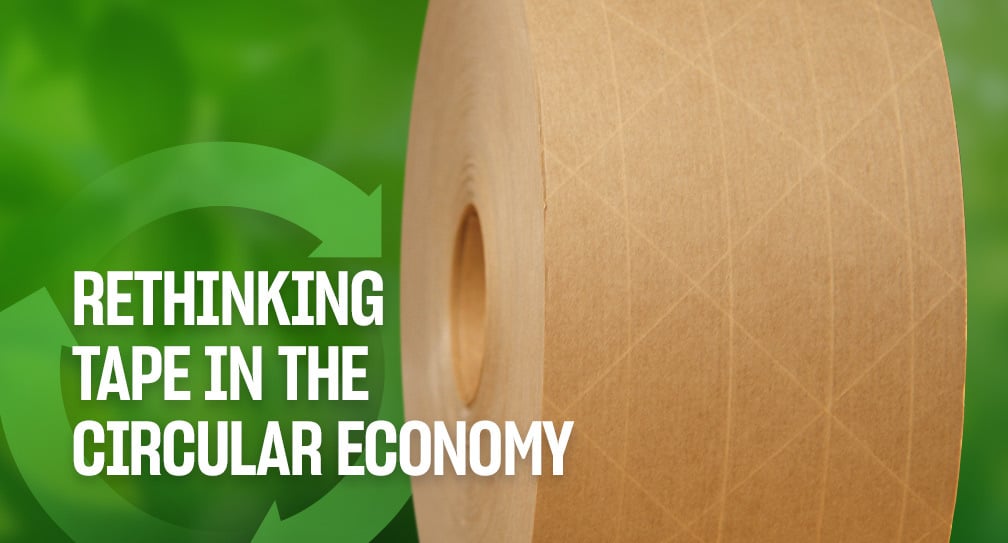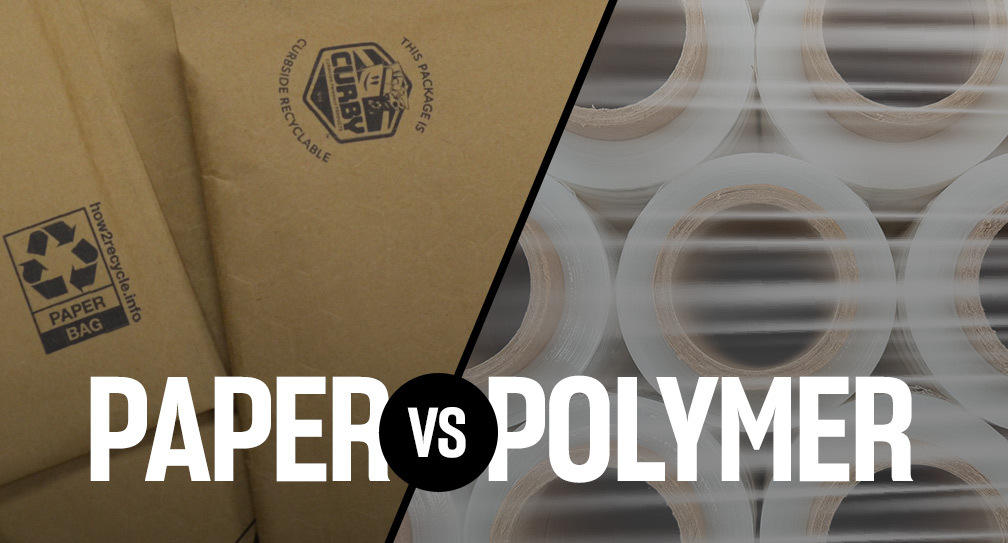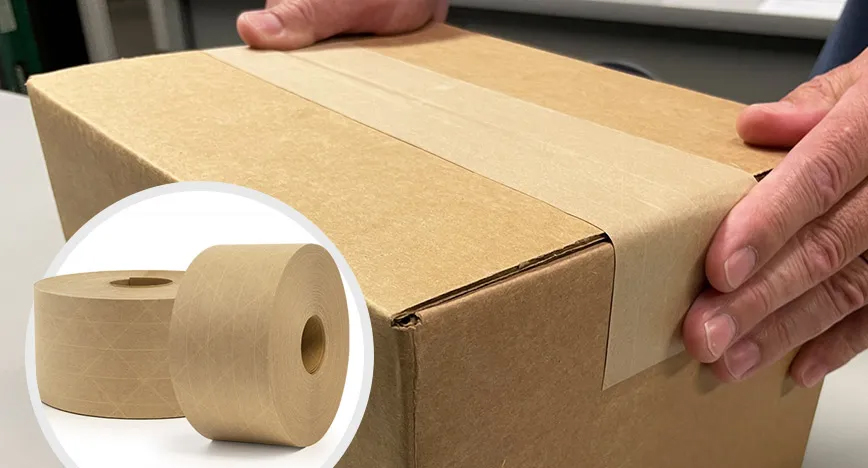As sustainability becomes a central pillar of modern manufacturing and packaging, the humble tape is undergoing a transformation. Once seen as a single-use utility, tape is now being reimagined as a contributor to the circular economy—a system where materials are kept in use for as long as possible, waste is minimized, and nature is regenerated.
Rethinking Tape: From Linear to Circular
 Traditional packaging tapes—often made from virgin plastics— have fit squarely into the linear economy model: produce, use, discard. But the circular economy challenges this paradigm by promoting reuse, recycling, and regeneration. In this context, tape is no longer just a disposable tool; it becomes part of a sustainable lifecycle.
Traditional packaging tapes—often made from virgin plastics— have fit squarely into the linear economy model: produce, use, discard. But the circular economy challenges this paradigm by promoting reuse, recycling, and regeneration. In this context, tape is no longer just a disposable tool; it becomes part of a sustainable lifecycle.
Water-activated tapes (WAT), for example, are gaining traction due to their recyclability and use of renewable resources like Kraft paper and natural starch adhesives. WAT integrates seamlessly into cardboard recycling streams, eliminating the need to separate materials before disposal. IPG’s WAT products manufactured in the US are produced with renewable electricity, further improving the sustainability profile of your package.
Innovations Driving Circularity
 At IPG, sustainability efforts are accelerating through product innovation. The Curby Mini Taper, a compact, mechanical dispenser for WAT, exemplifies how design can support circularity. It’s portable, electricity-free, and compatible with 100% recycled paper rolls ideal for low-volume retail use.
At IPG, sustainability efforts are accelerating through product innovation. The Curby Mini Taper, a compact, mechanical dispenser for WAT, exemplifies how design can support circularity. It’s portable, electricity-free, and compatible with 100% recycled paper rolls ideal for low-volume retail use.
Meanwhile, IPG’s Cradle to Cradle Certified® product lines including water-activated tapes, acrylic and hot melt carton sealing tapes, and flatback tape demonstrate a commitment to multi-attribute sustainability. These certifications reflect rigorous assessments of material health, recyclability, and environmental impact.
Post-Consumer Recyclaled (PCR): Closing the Loop
A key strategy in circular tape production is the use of post-consumer recycled (PCR) materials. These materials have already served their purpose and have
been reprocessed for use in new products. Incorporating PCR into tape manufacturing reduces reliance on virgin resources and diverts waste from landfills.
Environmental Considerations and Disposal
Beyond production, disposal practices play a critical role. Water-Activated Tape is designed for recycling with the carton, contributing to the fibers recovered in cardboard recycling.
Educating the Market
The transition to circular tape solutions also requires education. From internal presentations to blog campaigns, IPG is actively promoting awareness around sustainable packaging. Topics like “Tape in the Circular Economy” are being explored in blog posts and marketing strategies to engage both B2B and consumer audiences.
Conclusion: A Sticky Solution for a Sustainable Future
Tape may be small, but its impact is significant. By embracing circular economy principles, designing for reuse, incorporating recycled content, using renewable electricity and ensuring end-of-life recyclability, manufacturers can turn tape from a disposable tool into a sustainable asset.
As the packaging industry evolves, so must its components. And with innovations like bio-based adhesives, PCR integration, and Cradle to Cradle certifications, tape is proving that even the simplest products can play a powerful role in building a greener future.




